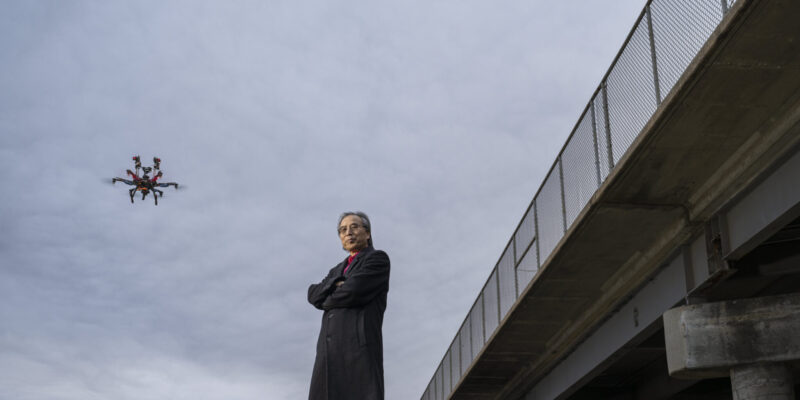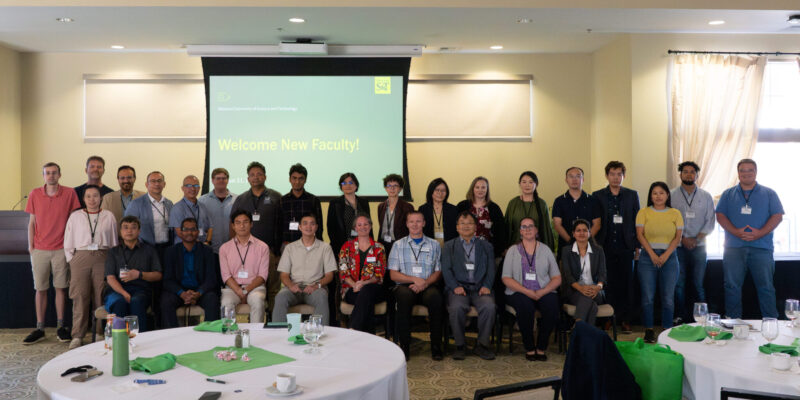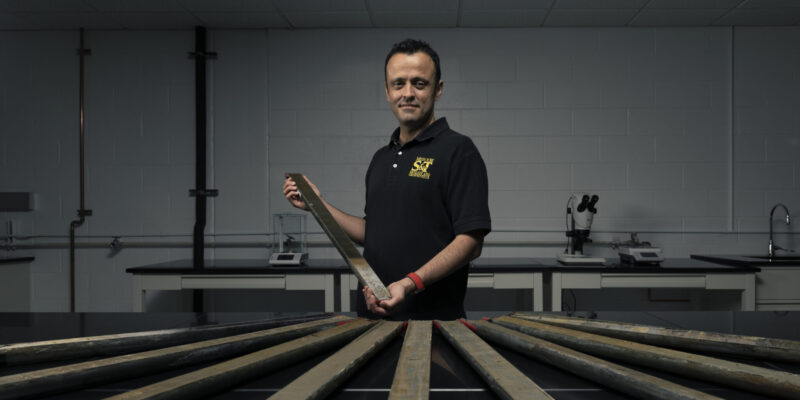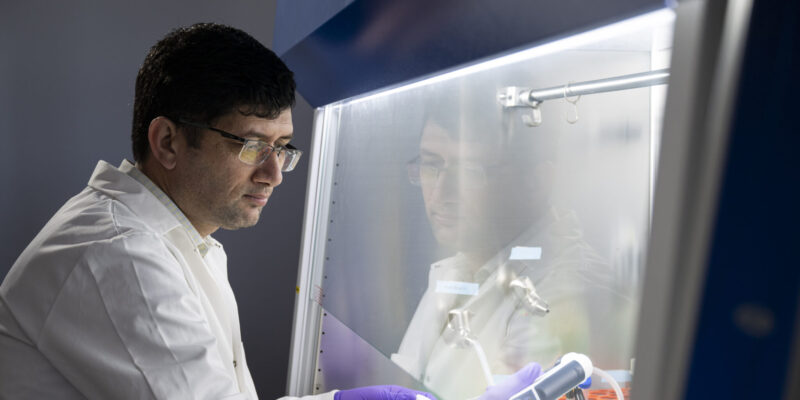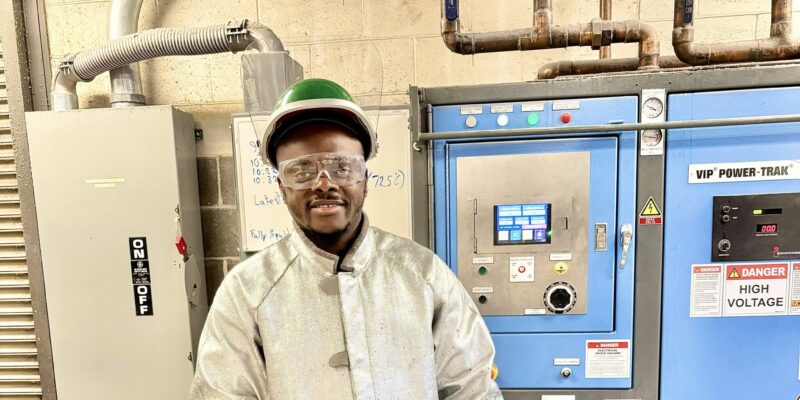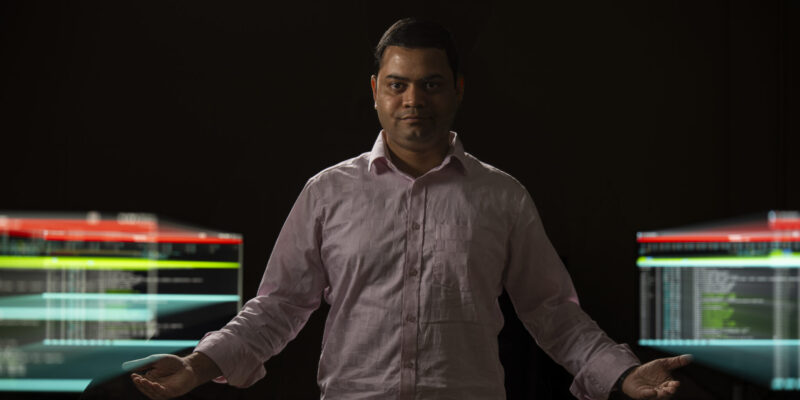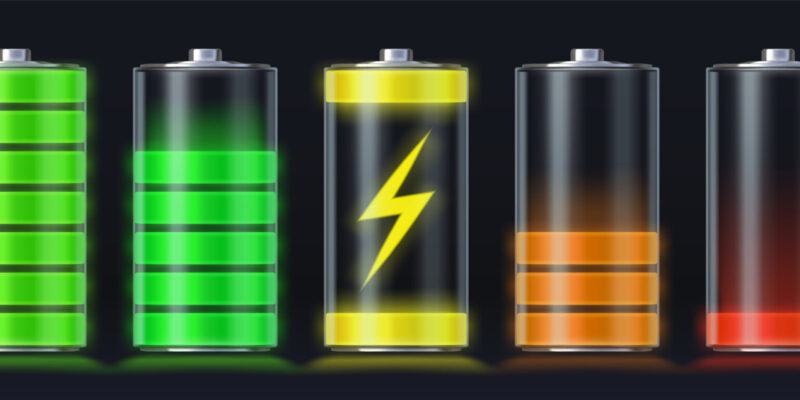Tag: research
S&T student aims for faster ballistics prototyping, lands on world stage
Bullets move fast. Prototyping them? Not so much. But a Ph.D. student in mechanical engineering at Missouri S&T is researching an accelerated process for producing and testing 3D-printed ballistics, and she has already earned international recognition.
Read More »Microwaved curry: Missouri S&T professor spices up health research
A warm bowl of curry may comfort the body and soul, but a professor in Missouri S&T’s Linda and Bipin Doshi Department of Chemical and Biochemical Engineering wants to know if one of its key ingredients can do even more.
Read More »Missouri S&T researcher’s robotic bridge inspection system earns ASCE’s 2025 Pankow Award
Dr. Genda Chen’s invention, called the Bridge Inspection Robot Deployment System, or BIRDS, was awarded the American Society of Civil Engineers (ASCE) 2025 Charles Pankow Award for Innovation.
Read More »90 researchers affiliated with S&T among top 2% cited scientists in their fields
A total of 88 current and former researchers affiliated with Missouri S&T are among the world’s top 2% most-cited scientists recognized either for their career-long impact or for their 2024 metrics, according to a Stanford University analysis of the Elsevier Data Repository.
Read More »S&T welcomes new faculty
Missouri S&T welcomed over 30 faculty members this year. They bring a wide range of expertise that includes applications for artificial intelligence (AI) in health care, biomedical engineering, concrete sustainability, nuclear reactor safety and semiconductor design. The new faculty are:
Read More »Missouri S&T geologist selected as Fulbright Scholar
A Missouri S&T researcher who studies the geology of regions affected by ancient earthquakes has been selected as a Fulbright U.S. Scholar.
Read More »Seeing the ear’s battery: S&T research targets hearing loss diagnosis, treatments
It’s a common scene: Someone speaks, but listeners with hearing loss may find themselves asking “What?” or “Huh?” again and again. For millions of people, this happens every day, and it’s something Dr. Parveen Bazard, a Missouri S&T researcher, hopes to improve.
Read More »Big data: S&T researcher paving new paths for more efficient transfers
When long-haul truckers hit the road with their freight, they often rely on GPS to help them find the best possible routes and adjust in real time. So why can’t the online systems for transferring large datasets, which typically rely on predetermined settings and don’t adjust in real time, take a similar approach?
Read More »Why predicting battery performance is like forecasting traffic − and how researchers are making progress
Lithium-ion batteries are quietly powering large parts of the world, including electric vehicles and smartphones. They have revolutionized how people store and use energy. But as these batteries become more central to daily life, they bring more attention to the challenges of managing them and the energy they store safely, efficiently and intelligently.
Read More »

